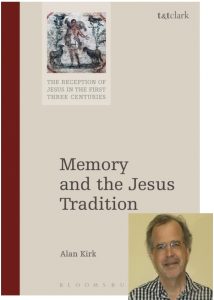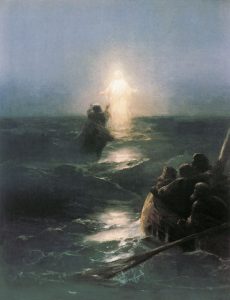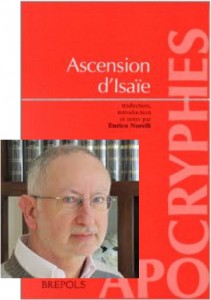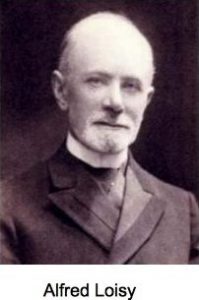Last night I read through the Christchurch (NZ) terrorist Brenton Tarrant’s ‘manifesto’, The Great Replacement, and was disturbed at how rational so much of it sounded. It did not read like the incoherent ravings of a madman and I suppose that’s what made it particularly disturbing.
I refer to white supremacy throughout the following but for what it’s worth Tarrant describes himself as an “ethno-nationalist” and “eco-fascist”.
Similarity 1 — free the homeland
Bin Laden wanted “crusaders” out of Muslim lands. Islamists fought the Russians in Afghanistan for that reason and then turned on the U.S. for its troop presence in the Arabian peninsula. Other Islamists followed and declared their intent ultimately to see the Western imperialist powers leave Muslim lands withdraw their financial and military support for pro-Western “secular-Muslim” dictators.
Brenton Tarrant makes a similar point his central theme: to declare war on “the invaders” of “European lands”. His consistent term for immigrants is “invaders”. Australia and New Zealand are included in his definition of European. The reason he says he chose New Zealand in the end was to demonstrate that there was no place on earth that “invaders” could go where they would be safe.
It hardly needs to spelled out that there is a significant difference between a people who enter foreign lands to secure control over resources and related strategic interests in the one case and those who enter foreign lands escaping from the ravages of war and breakdowns of civil society in the other. But that’s not how Tarrant sees it.
For the white supremacist the threat is that “white” and “European” people will become an oppressed minority because of the higher birthrate among the “invaders”. And race is a biological reality, he writes. The unarmed “invader” is actually a more serious threat than the armed invader because the unarmed are not opposed and are allowed to “take over” and “replace” the whites by default. If we would shoot armed invaders it is even more imperative to shoot unarmed invaders. Children, too, because they will grow up to become adult oppressors. (That reminds me of the argument used by certain Israelis to justify the killing of Palestinian babies and children.)
Similarity 2 — provoke a violent response
Bin Laden anticipated that the 9/11 attacks would provoke the U.S. into invading Middle Eastern countries in retaliation and that would result eventually in bringing the Muslim-West confrontation to a head with the eventual victory for the former. A violent response would radicalize many more opponents of the West to action and they experienced the ever more brutal revenge of the Western war machine.
The Great Replacement expresses a similar hope: that Muslims will retaliate to his act with similar violence and so bring about even more hatred and active resistance from the “whites” against them, eventually forcing them to leave. Not only on a local level, but even on a world-wide scale the author hopes for a further clear division between Western/European powers and Islamic nations.
(The tract even hopes for an ever more hostile debate over gun ownership in the United States in particular. So much so that eventually it will end in violence with those with the guns winning once and for all.)
Similarity 3 — revenge
Islamist terrorists speak of the Western imperialist nations as “crusaders”. They see a litany of barbarous crimes by Europeans (and their white appendage nations) extending back centuries.
The white supremacists (at least in The Great Replacement) reject the term “Islamophobe” because they do not fear Islam itself. But they do demonize the Muslims by presenting their history as one long bloody river of conquest and murders from the sixth century right up to today.
Does anyone else think here of the Protocols of the Elders of Zion and how the Jews were demonized as a race throughout their history and up to the present day?
Similarity 4 — inspire by example
Tarrant says he does not act for fame and glory. He knows his name will not be remembered years from now. But he does express hope that by taking the “necessary” action that he has he will encourage others who feel the same way to follow and do the same.
Certainly some Islamists have acted for fame, but more commonly to set an “inspiring example” of courage to others.
Similarity 5 — belief in violence
Democracy is “mob rule” with the mob controlled by corporate powers, says the white supremacist in The Great Replacement. No great victory was ever won without sacrifice in blood. Violence, war, is the only way.
By contrast, white societies are said to be becoming weak because of their preference for diversity over unity, for their weak-willed acceptance of the dilution of their culture in the face of the foreign “invader”. Survival depends on more whites rising up to literally fight and die, to take on violence to save their culture and race.
Islamist literature exalts violence, too, and glorifies the blood of martyrs. Enough said.
Similarity 6 — vision of a future paradise
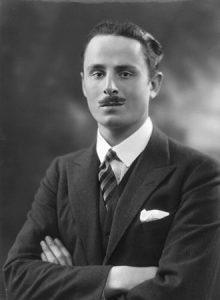
If Islamists envisioned a “pure” Islamic society on earth and paradise in heaven, we read in The Great Replacement a vision of a future where white nations (and eventually all humanity) are living in freedom and in harmony with a protected and flourishing green and clean and fruitful environment. It reminds me of the Nazi vision but Tarrant insists he is not a Nazi. Yet he does profess dedication to the vision of the pre-WW2 British fascist Oswald Mosley.
. . .
That’s enough. I just wanted to make a note of the above while still fresh in my mind after reading The Great Replacement. Normally in a more serious analysis I would cite passages from both the work discussed and those I’m comparing it with. Maybe I will do that to add some weight to the points above at a future date.
Tarrant, Brenton. 2019. “The Great Replacement: Towards a New Society.”

